Whether you are managing, installing, designing or maintaining an emergency lighting system, cost is an important consideration.
Most of the time, investing in a new system for your building facility comes down to balancing two things: functionality and budget. Your emergency lighting system needs to ensure that your building is safe and compliant, and should be high quality, efficient, long-lasting and user-friendly. But at the same time, you want to avoid spending more than you need to on installation, testing and maintenance.
Fortunately, if you know what to look for, you can have a world-class emergency lighting system and save money. (It's like having your cake and eating it too!)
The first thing you need to know is where your money is going when you purchase and manage your emergency lighting system.
Emergency Light GS-209
Emergency lighting systems have upfront and ongoing costs from equipment and installation to testing and compliance.
The initial cost of your system comes from purchasing the equipment. This includes the light itself and any backbone you need, such as data cables, controllers, batteries, auxiliary equipment and computer systems. Some systems require more backbone, which can increase your equipment costs. Other systems require only a few controllers and connect wirelessly, which can mean less costly equipment to purchase and install.
Engineers will need to integrate the system into your existing or new build, ensuring that all components are designed into the solution and have the required containers and infrastructure needed for the system. This includes power and data cables, wireways, tray work and conduit. The more complex your backbone and building facilities are, the more time your engineers will need to consider the design process and therefore the higher the cost. Likewise, the more complex your system installation and commissioning is, the more time your installation contractor will need to be on site to do all the setup.
Many people don't realize that the biggest costs associated with emergency lighting systems come from regular maintenance and testing. In the UK, you must test monthly to comply with regulations. Inefficient testing and maintenance costs can add up quickly, especially if your emergency lighting system is outdated or relies on manual processes. On the other hand, if you have a modern system with automated testing and simple management, you can save a lot of time and money.
Some emergency lighting systems are designed to make compliance easier. This is an important cost consideration because if you are found to be non-compliant, you can face large fines. Or worse - if someone is injured in your building because your emergency lights aren't working, you could face a lawsuit, damage to your reputation or even jail time. Fortunately, with the right system in place, compliance is more likely to be achieved. Computerized testing systems automatically keep records of testing and maintenance, so you can be confident that your team is performing regular testing - and if they're a contractor, you'll know you're getting the service you're paying for. Plus, simpler systems with built-in automation make testing and maintenance faster and easier, which means you can pay less for employees and contractors to inspect and maintain your equipment.
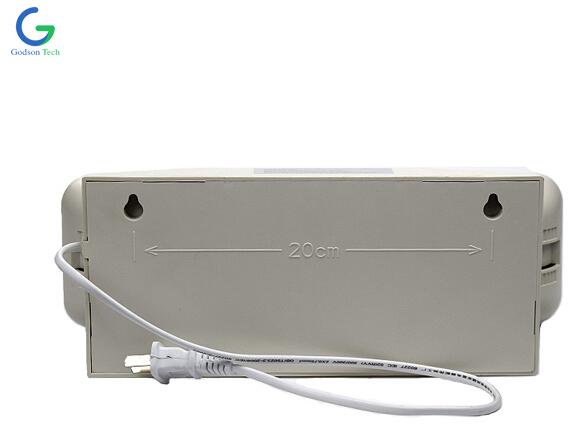
Emergency Light GS-209
So how can you save time and money on your emergency lighting system without compromising important functions? Here are 10 ways you can save money on your next upgrade ......
As a general rule, the simpler your system, the less time it will take to design, install, commission and maintain. You can also end up spending less on the initial equipment purchase price.
On the other hand, if you have a complex system, you may need to connect power and data lines to many devices, nodes, gateways, controllers and auxiliary devices, and then connect them to the network. This can become even more complicated when retrofitting an existing building, as you may no longer have access to the electrical wiring diagram. Installers and engineers need to be on site to figure out where to route cables and how to power other devices, which can often become very complicated.
With a simple system (like the one we use), you plug it in (instead of the existing lighting), add the controller, and you're done. Because the network uses a wireless RF (radio frequency) network for communication, the design is simple and installation is quick. Because it allows up to 1000 accessories per controller (compared to up to 250 accessories on other RF systems), there are fewer devices to manage. Your systems can be installed in just 2-3 days, making them more cost effective.
As a side note, this can also have a huge impact on the on-site project manager. Emergency lighting is often one of the last steps in renovating a new building or upgrading an existing one. As every PM knows, these projects are always behind. Fortunately, when you choose a simple system, there is much less chance of error (which can add further to the project schedule). Your installer comes in and installs the system, then Godson Technology commissions it and hands it over - usually within a few days.
However, not all new modern emergency lighting systems are simple. In fact, we often hear of installers having to spend weeks on site working on individual pieces of equipment before they can commission the system. However, best-in-class systems (such as ours) can often be commissioned remotely once connected to the network.
It may seem obvious, but the act of upgrading your system can save you time and money, especially when it comes to maintenance and compliance. Older systems built with less efficient technologies often require more frequent maintenance. And this maintenance also takes longer due to manual processes, physical logs and more devices that require maintenance.
Upgrading your emergency lighting can provide you with longer lasting battery systems, more efficient lighting, and automated testing and management. With increased efficiency, the time and cost savings can add up quickly. But don't just upgrade to any new system - choose the one with the right features so you can maximize your savings and extend its life.
The backbone is all the equipment needed to help power and connect the emergency lighting system. This equipment may include.
● Additional routers
● Additional controllers
● Additional repeaters
● Additional extenders
● Additional couplers
● Additional data points
● Cables between accessories
More equipment means more complexity, labor and cost associated with installing and maintaining an emergency lighting system. In general, the fewer trunks you have, the less expensive it will be to install, manage and maintain the system. There is also less risk of problems due to someone wiring the wrong equipment or performing tests incorrectly.
Fewer backbones = less risk and more savings.
Our preferred emergency lighting systems are designed to enable devices to build networks automatically. Once plugged in, they use a dynamic self-management (DSM) grid to self-discover nearby devices and find the most efficient path to send data back to the controller for management and testing. This dramatically reduces the time and effort involved in installing emergency lighting systems. It also means that upgrading your system in stages and increments is easy - just plug in a new light and it will add itself to the existing network.
Most maintenance teams responsible for managing large sites typically maintain 10-30+ buildings at a time. Since they are responsible for maintaining all services on site (heating, air conditioning, and electrical), emergency lighting is usually a low priority. After all, building occupants are unlikely to notice if emergency lights are out of order, but they will notice if the heat is off. British Standards require emergency lighting to be tested once a month and then once a year for the full rated duration. Honestly, your maintenance team probably won't be on site every month to personally check each fitting for manual inspection. It's not practical to do this without some sort of automated system.
With automated testing, all test schedules can be programmed to be performed at the most convenient time. Instead of two people walking around the site for an entire month, your facility team can check the results of the entire site in minutes. Depending on the number of devices in your emergency lighting system, automated testing can save your maintenance team anywhere from two hours a week to the equivalent of two full-time roles. This is the best way to ensure compliance without having to hire more staff for your facilities team, saving you thousands of dollars each year.
One of the other benefits of a computerized system is the ability to manage it centrally. For example, some businesses may have multiple campuses or 100-200 retail sites across the country. Advanced emergency lighting systems allow you to connect your controllers to a virtual server and manage, test and control all emergency lighting from one place. This allows you to save money by minimizing the amount of travel required between sites and reducing the number of subcontractors needed to maintain the system.
Many legacy systems rely on manual testing and physical logs to document compliance. Not only is this inefficient, but it means you have to trust that the documented testing and maintenance has been completed. We've heard stories about service forms being filled out and sent back saying everything was fine. Then upon further investigation, management found that the forms were filled out incorrectly and 20-30% of the fixtures were malfunctioning.
The computerized system prevents this by increasing transparency. It keeps a digital log of all automated test results, shows the real-time status of each emergency luminaire, and has an integrated maintenance log to show completed maintenance activities. This means that you will always have test logs and maintenance reports ready when you are audited. You can also be confident that the data is accurate and that you are not being lied to by your contractor.
Some manufacturers build their systems to run on open source protocols such as DALI (Digital Addressable Lighting Interface). Open source is associated with freedom, flexibility and ease of control, but is it really ideal for critical equipment such as emergency lighting? We have found that if there is a problem with a system, it can be difficult for the end user to determine which component or manufacturer has the problem. If you are going to go this route, make sure you know who will be responsible for the entire system, as fixing the problem can be extremely challenging and costly.
On the other hand, closed-source systems (such as the one we use) are less risky for customers. The provider is responsible for updating, testing and releasing changes, and ensuring that the software works for the specific hardware it was designed for. If there are any problems, questions, or support needs, the manufacturer is responsible for this and provides direct support.
DALI is primarily designed to control general lighting. These luminaires contain a DALI driver that allows the system to control the output of the luminaire to save energy. Some engineers incorporate emergency lighting management and testing into DALI systems because they believe it will save money and simplify management, but this can actually become more complex and expensive in terms of installation, commissioning and maintenance (compared to systems optimized for specific purposes) emergency lighting).
Most people see the DALI test system as a free add-on if you have a DALI control system, but the costs add up quickly. DALI allows up to 64 addresses to be connected to the gateway. Some limit this to about 50 for future expansion. Each power fixture converted to DALI testing will take up two addresses, creating additional gateways and cabling. You must also connect the data lines to all exit sign luminaires and all emergency luminaires that are located behind the house or may not be connected to the DALI system. As a result, hardware costs and the cost of converting the fittings to emergency can add up quickly.
In addition, it is best practice to have a separate system for the emergency lighting system. Emergency luminaires are part of the life safety system, so any reported faults or problems should be clearly visible and easy to detect. If emergency luminaires make up only 10% of a general lighting system, you risk losing faults in the visual noise of a system designed for energy efficiency and aesthetics.
There are good and bad emergency lighting systems on the market, but most systems that are perceived as bad are not actually so. It's just that the end user hasn't been properly trained on how to use them. A system is only as good as how you use it. If your team doesn't know how to use the system properly, they could make costly mistakes or even cause the system to stop working. That's why it's critical to make sure your emergency lighting system is equipped with good support and training.
At Godson Technology, support and training are our top priorities. We offer ALS (Advantage Lifetime Support) free of charge for the entire life of the product, including software updates and training. This means we'll be there to provide on-site and off-site training for new and existing employees, and our customers always have a contact person who can help them. If you need to install new emergency lighting, reconfigure your system, or meet new standards, we can help. Not only do our customers save money because they don't have to pay for ongoing support and technicians, but they can be confident that their staff is trained so they can get the most value from their investment.
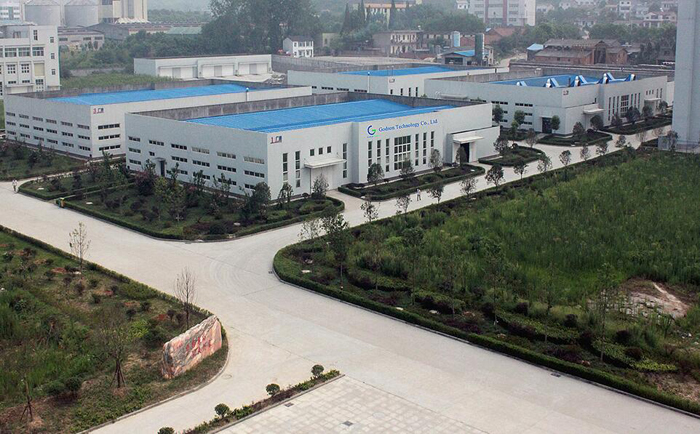
Godson Technology
Looking for an emergency lighting system that meets all of the above criteria?
With its simplicity, minimal backbone, centralized management and automation capabilities, XT HIVE saves more money and time than all other systems available. We have just launched the system in the UK in early 2020, but our customers are already excited about its unique combination of three features.
● Wireless RF networking - proven backbone cost reduction of 75%
● Dynamic Self-Management (DSM) Grid - each accessory efficiently builds and organizes its own network to provide faster reporting and analysis, as well as built-in redundancy
● Automated computerized test system - use a PC to quickly run tests at the click of a button (or schedule automated tests at the most convenient time) and use a smartphone or tablet to perform local fit diagnostics and identification
Want to learn more about how to reduce emergency lighting costs (without compromising compliance or functionality)? We're here to help. Contact us or call our team at +86 20 2986 1459.

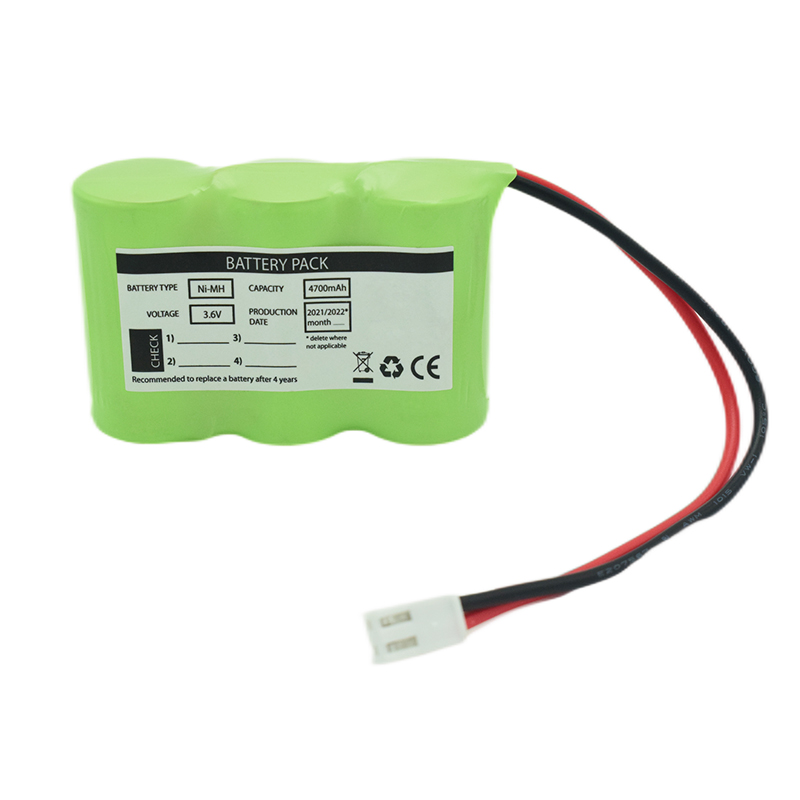 Ni-MH Battery C4700mAh 3.6V
Ni-MH Battery C4700mAh 3.6V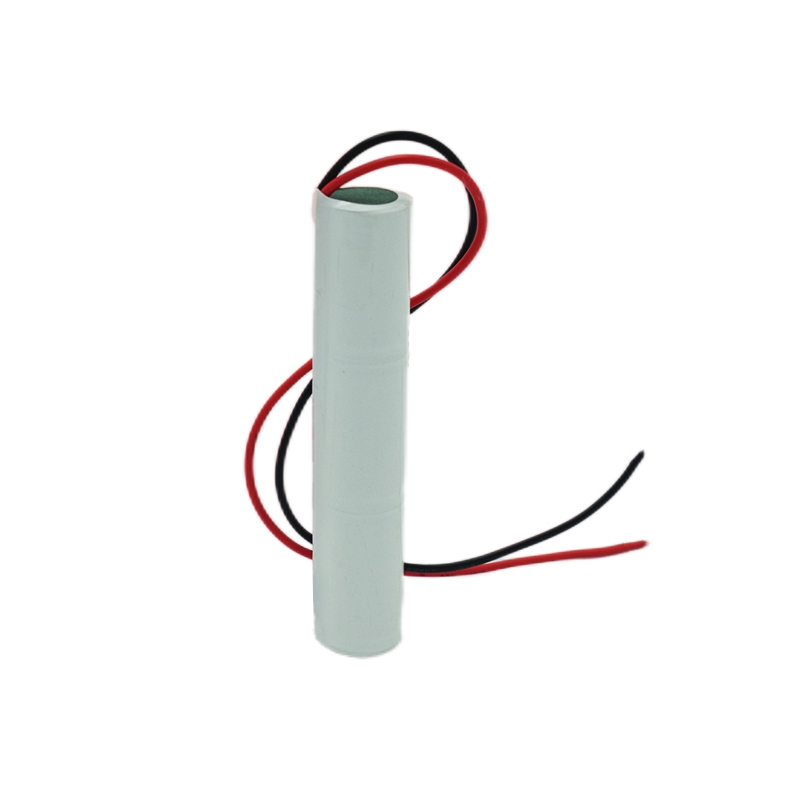 Nickel Cadmium Nicd Battery Pack SC1800mAh 3.6V
Nickel Cadmium Nicd Battery Pack SC1800mAh 3.6V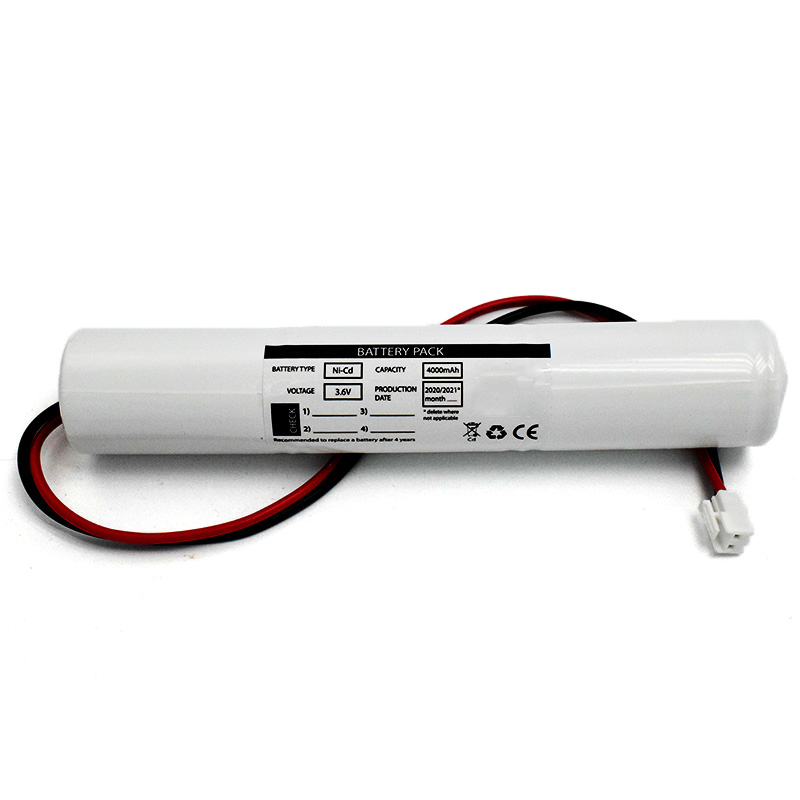 Ni-Cd Battery Pack D4000mAh 3.6V
Ni-Cd Battery Pack D4000mAh 3.6V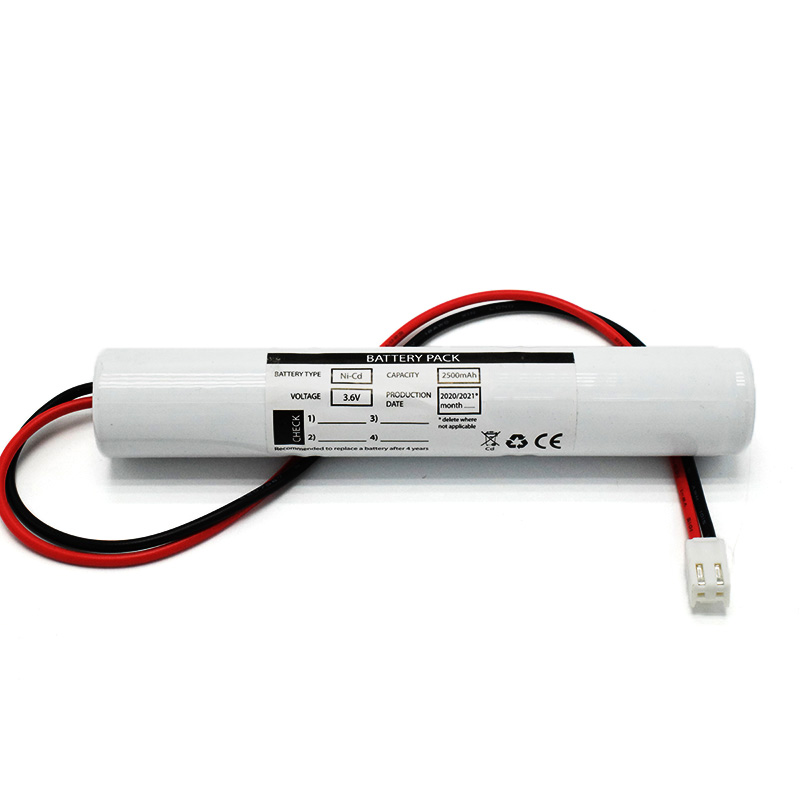 Ni-Cd Battery Pack C2500mAh 3.6V
Ni-Cd Battery Pack C2500mAh 3.6V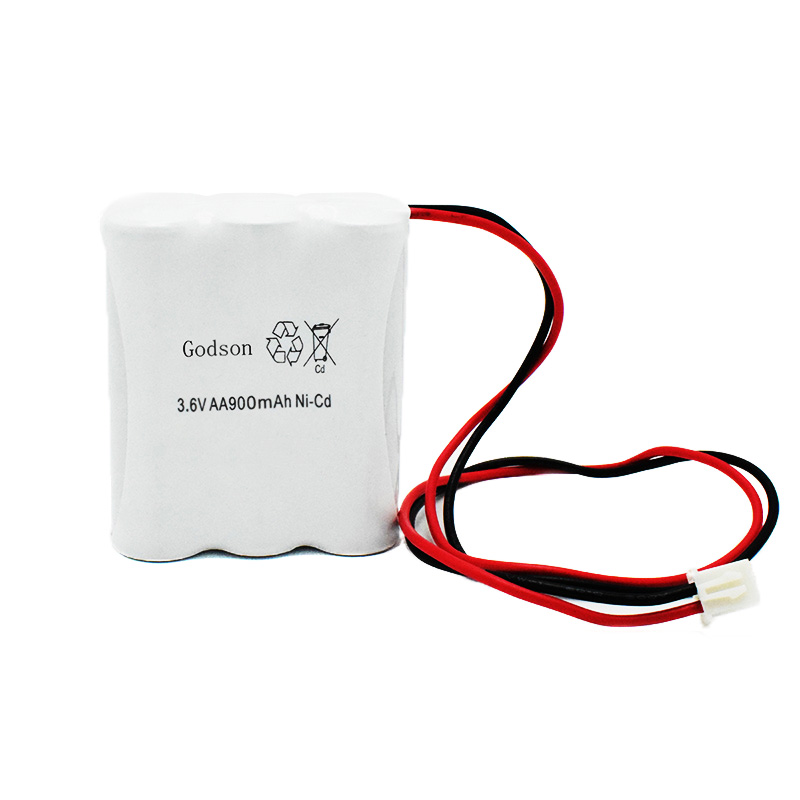 NICAD Battery Pack AA900mAh 3.6V
NICAD Battery Pack AA900mAh 3.6V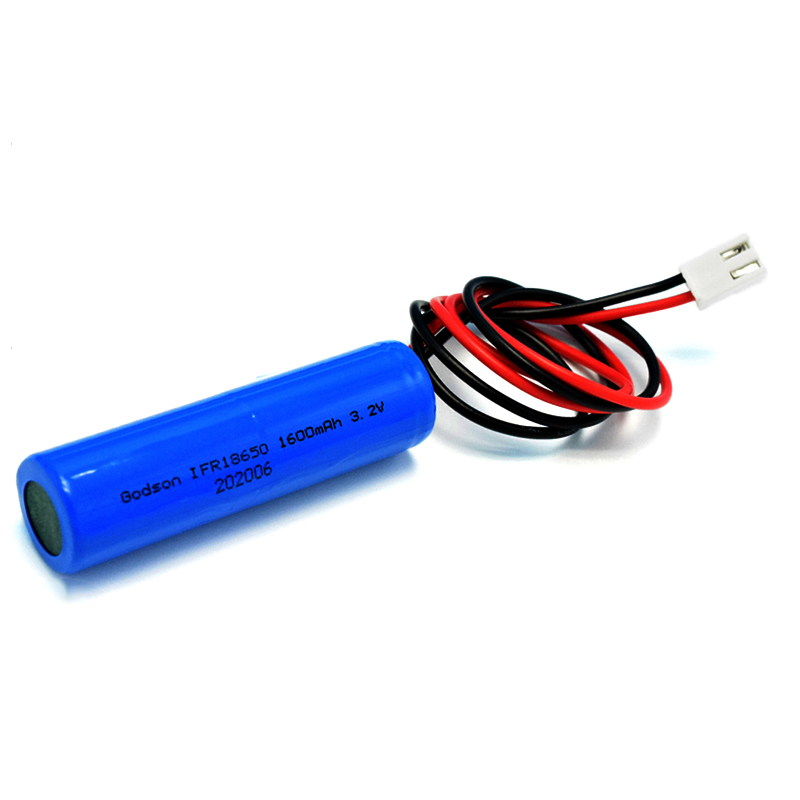 LiFePO4 IFR18650 1600mAh 3.2V
LiFePO4 IFR18650 1600mAh 3.2V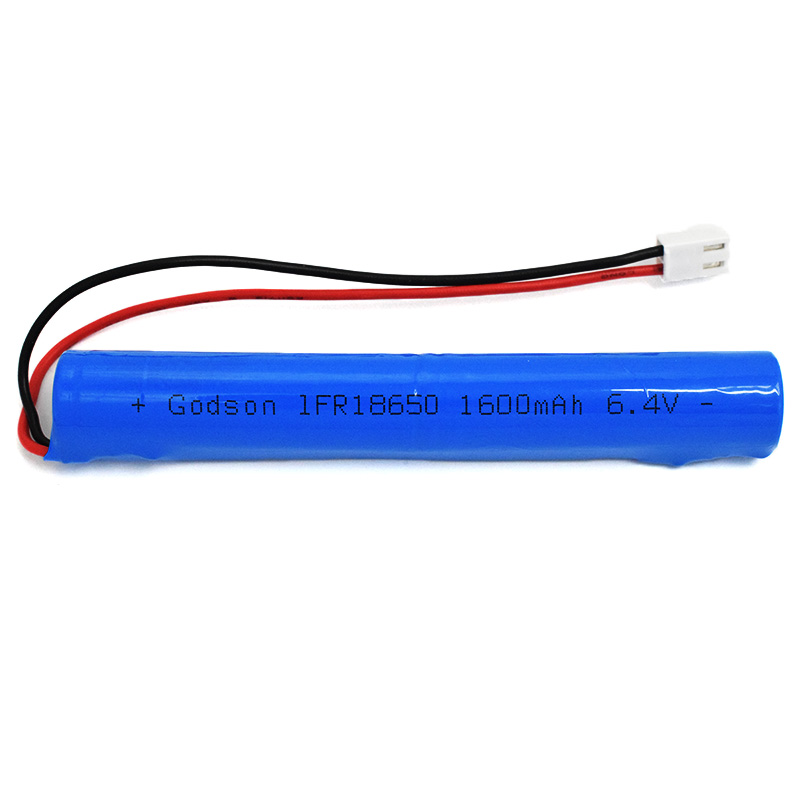 LiFePO4 IFR18650 1600mAh 6.4V
LiFePO4 IFR18650 1600mAh 6.4V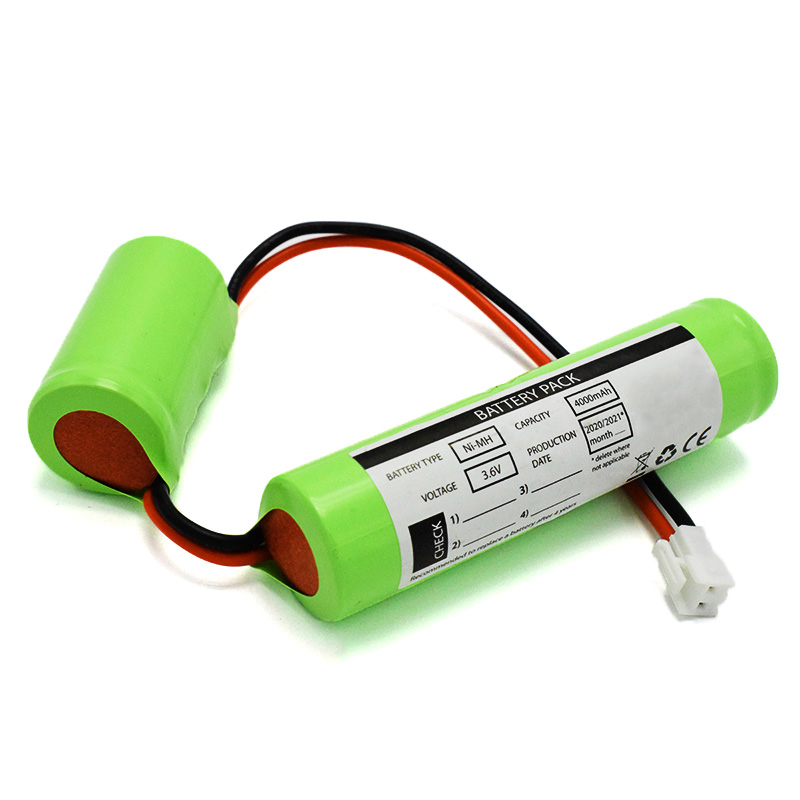 Ni-MH Battery C4000mAh 3.6V
Ni-MH Battery C4000mAh 3.6V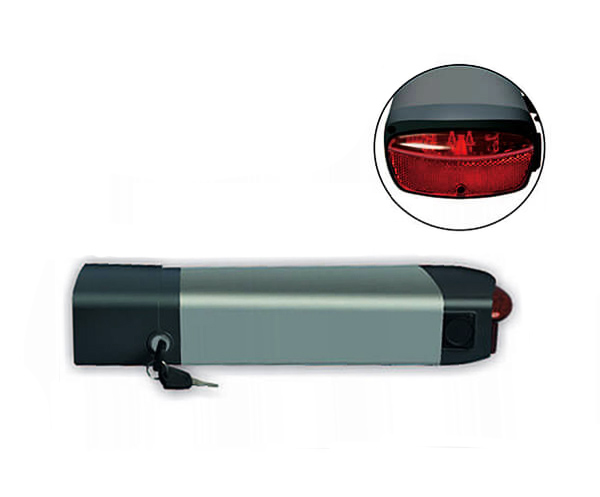 E-bike Battery 48V 10Ah JL-1
E-bike Battery 48V 10Ah JL-1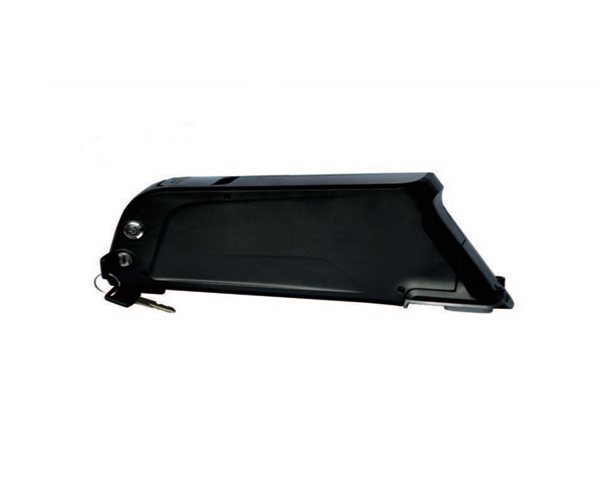 E-bike battery 48V 10Ah Qing Tian
E-bike battery 48V 10Ah Qing Tian